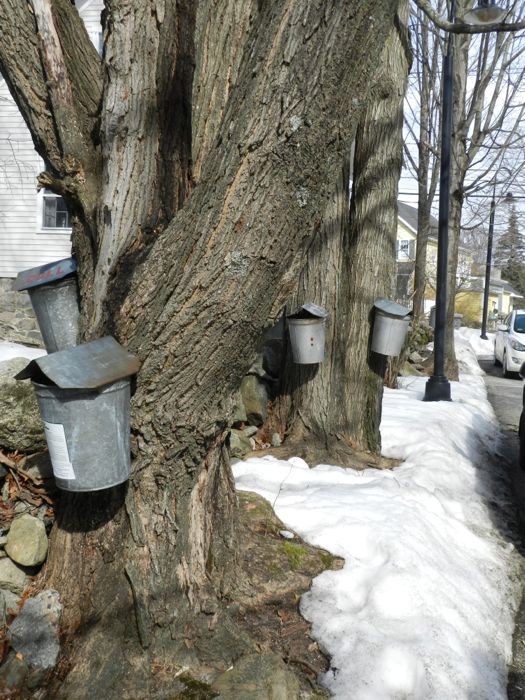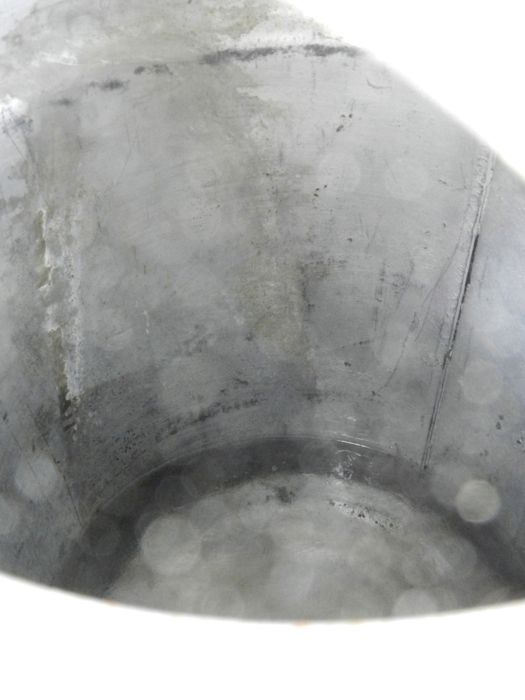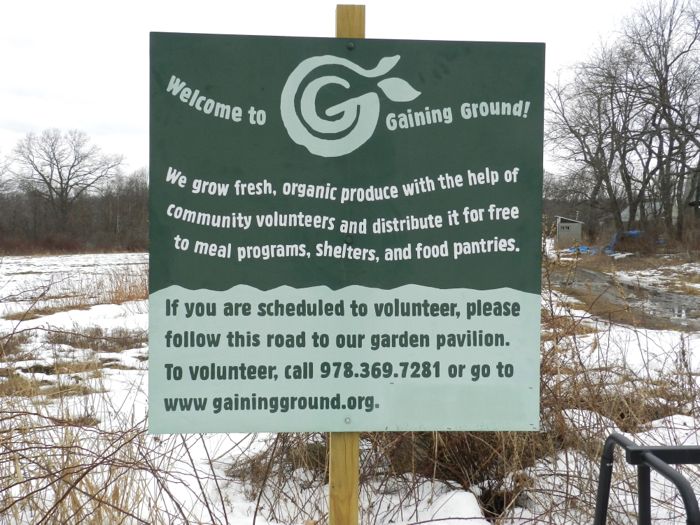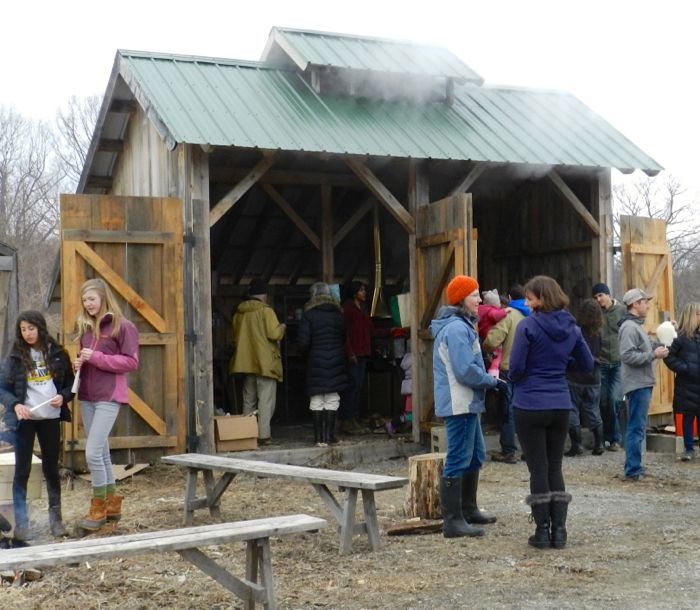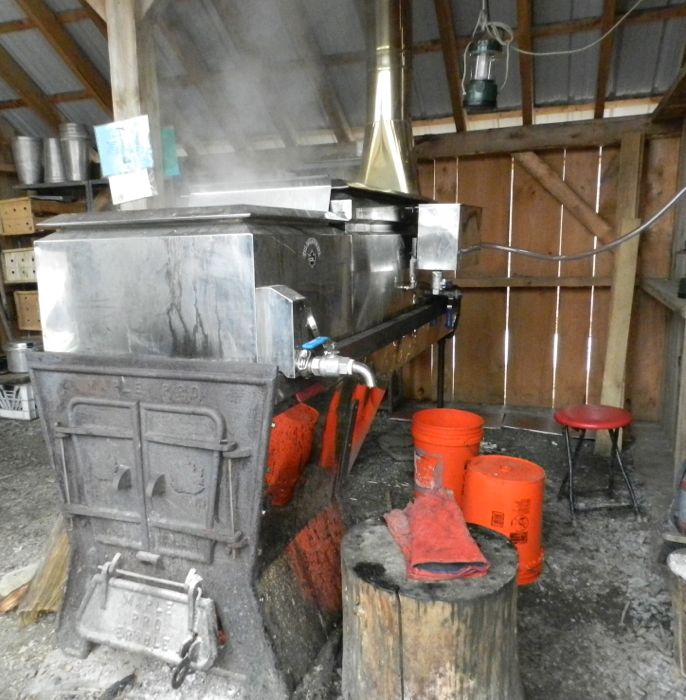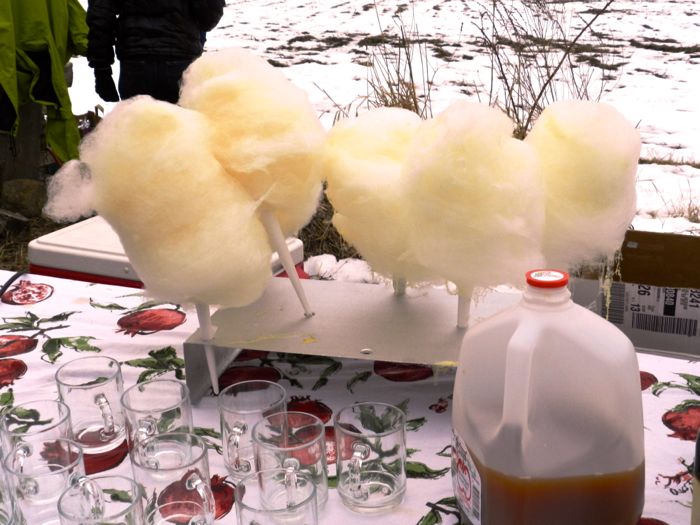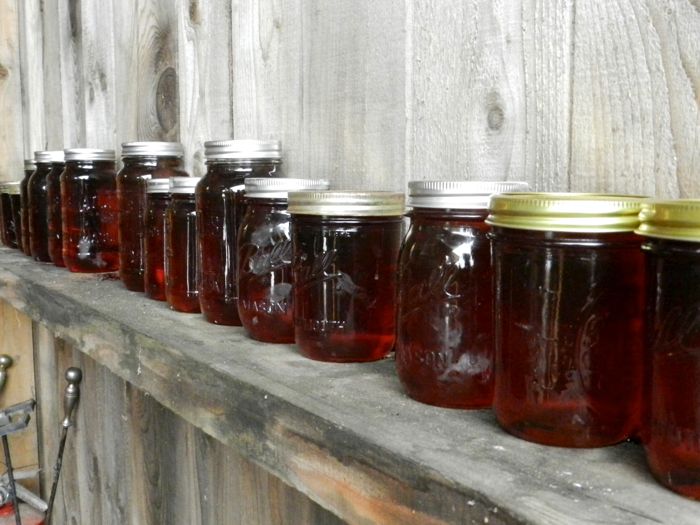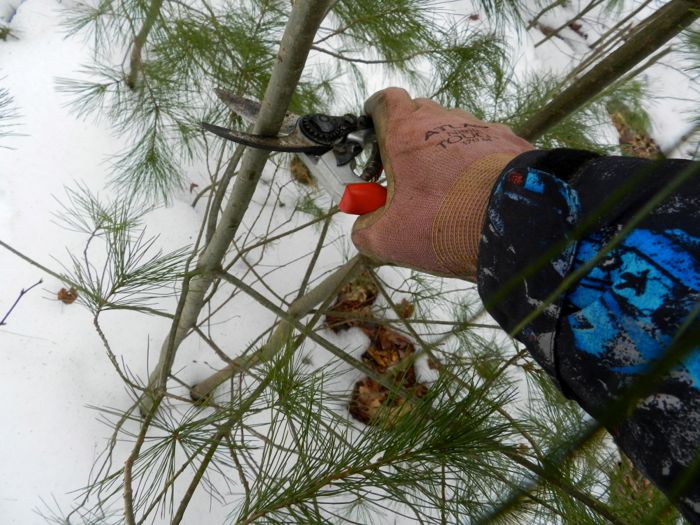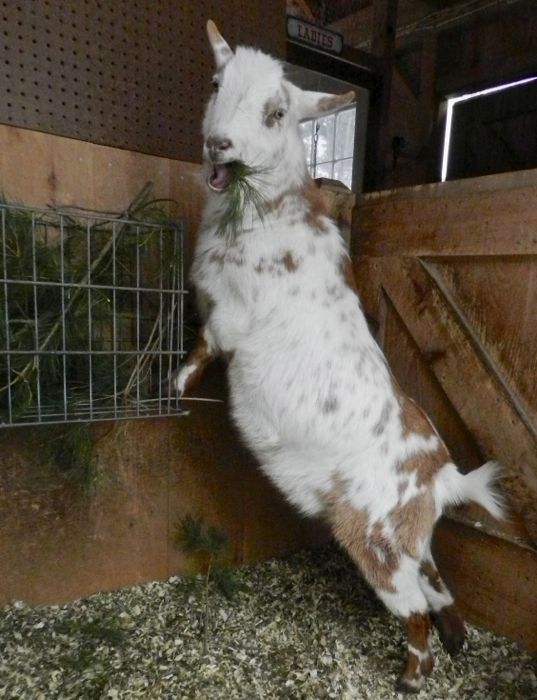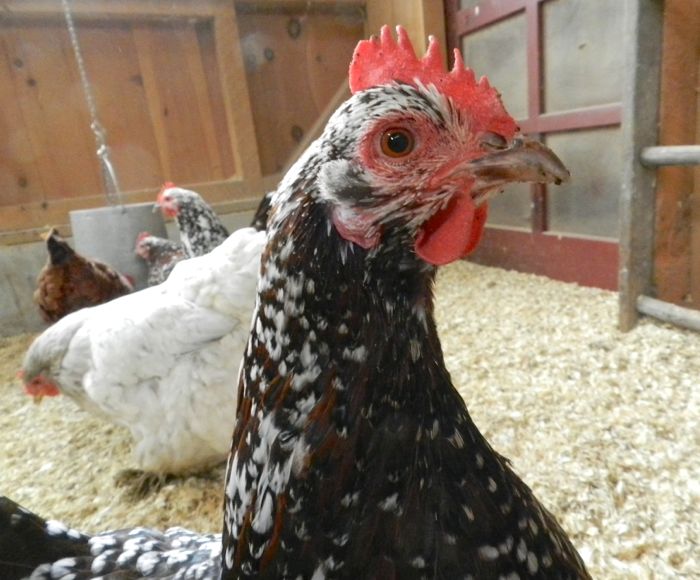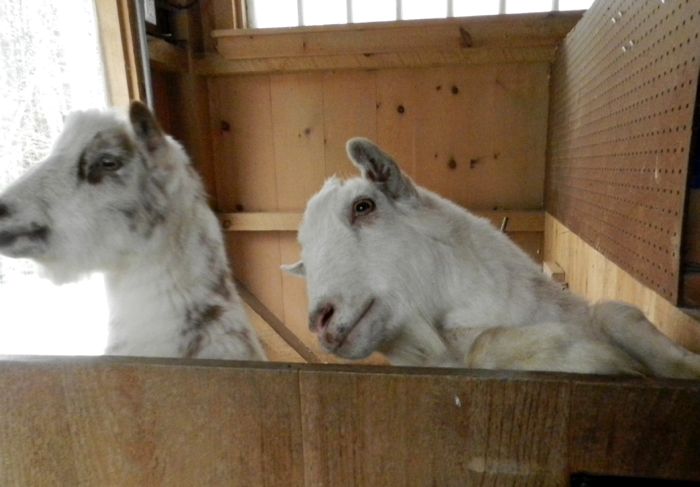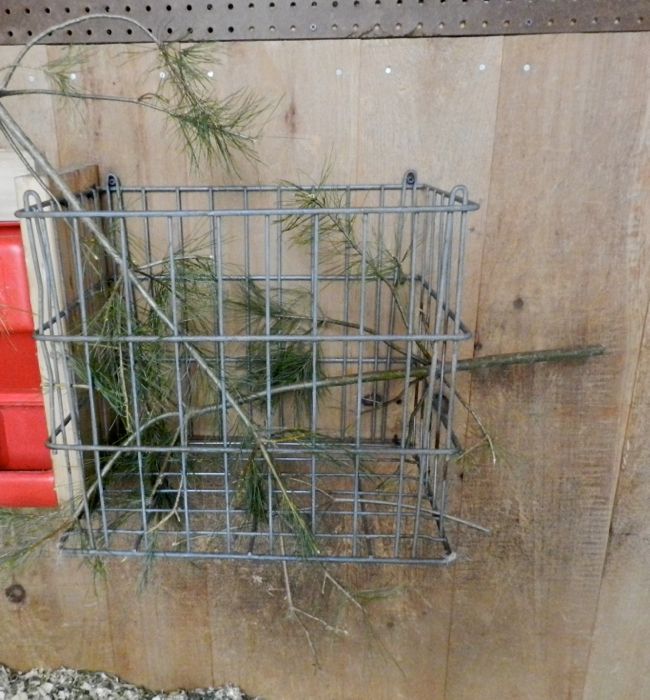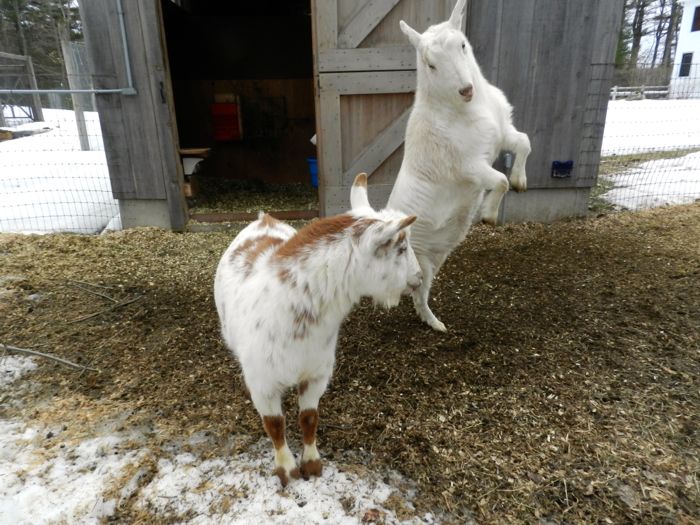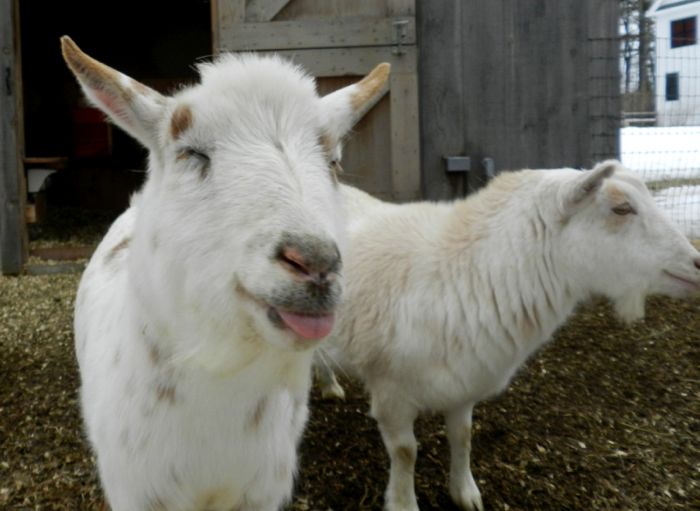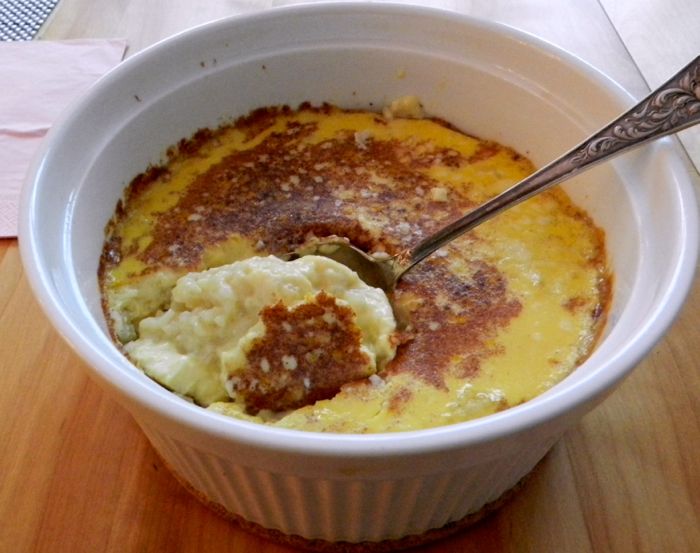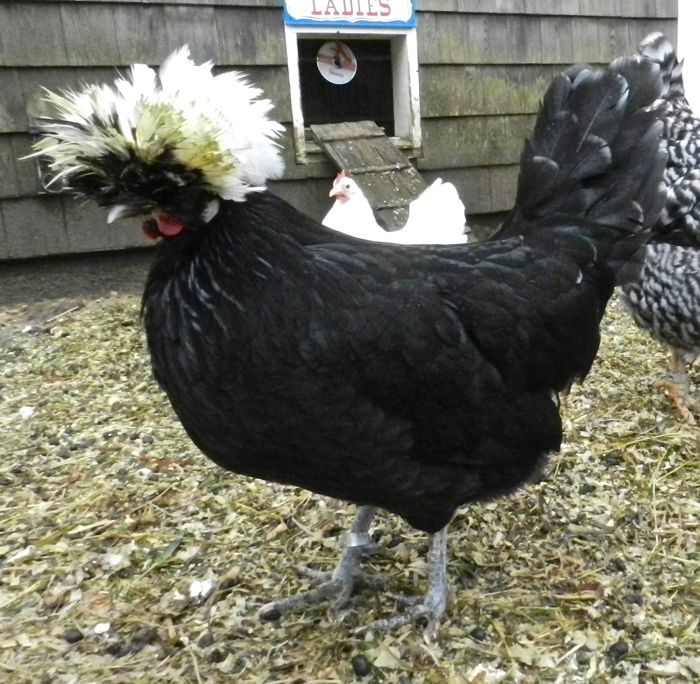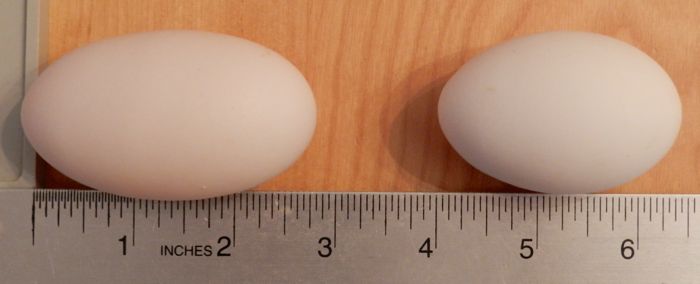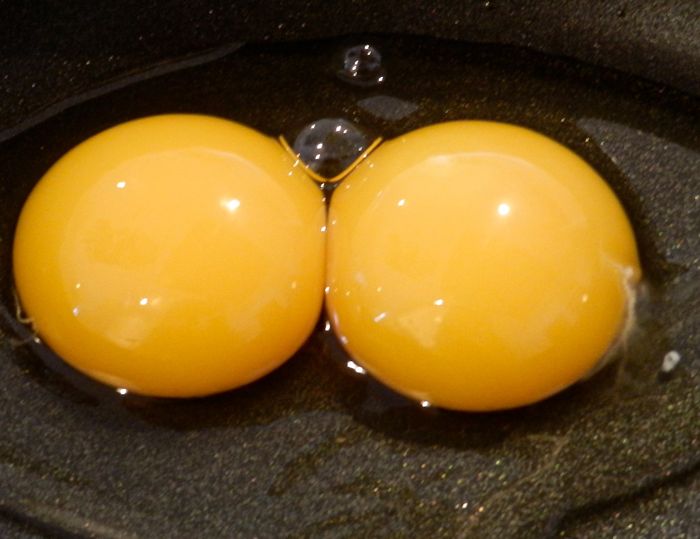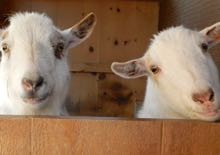This winter I’ve fielded a number of queries about frostbite on hens’ combs. A mild case of frostbite will cause darkening on the tips of the comb. Severe frostbite will cause swelling and pain. The affected parts of the comb might die and fall off. The other chickens will peck at the damage and that can cause terrible bloodshed. Roosters lose their fertility, and hens with frostbite stop laying. Frozen combs are serious, but not too common. It happens more often with roosters with particularly large combs because the boys don’t tuck their heads in when they sleep at night. But, I wasn’t being asked about roosters. I was hearing about bad cases of frostbite in winter hardy hens that have modest-sized combs. That simply shouldn’t happen.
Over the years I’ve kept a range of hens with combs of various sizes. Temperatures here can stay well below freezing for weeks. As you’ve seen this winter, we’ve had snow, freezing rain, sleet and even a blizzard. I don’t use heat. My hens, and their combs, are fine. So, why were other people having problems with their flocks? The culprit is the housing. I have been railing against small, poorly ventilated coops for years. Unfortunately, these are the ones that are advertised to the beginner poultry keeper. They are too small. They have terrible ventilation and become damp and cold. They have little headroom so that the chickens are roosting low to the ground, right over their manure. Manure is 75% moisture. Your hens will be breathing that moisture in. It will coat their combs and turn them icy cold. Also, hens breathe out moisture. I’ve read that 25 hens give off one gallon of moisture every 24 hours. A small coop can get damp quickly. Those small coops will make your hens ill.
One reader with a flock of sex-links kept her birds in this coop. There are no windows and poor ventilation.
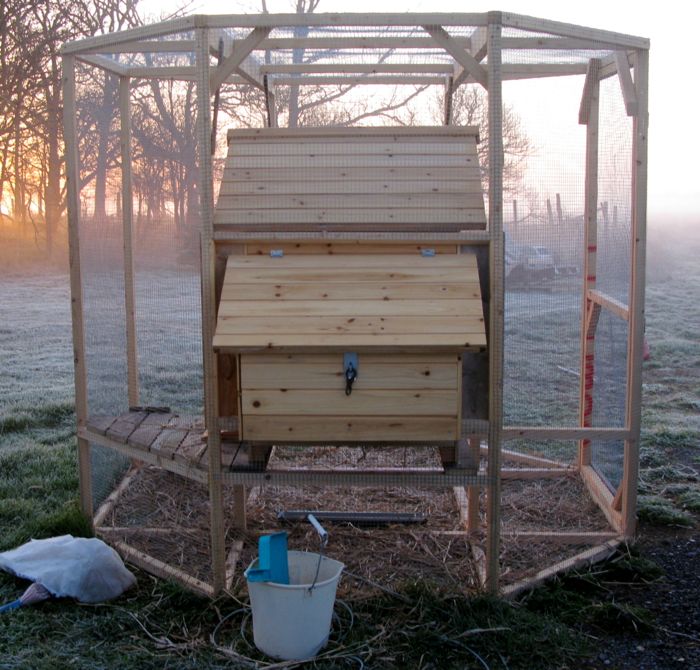
An added factor was that she bedded with straw, which holds in moisture. Pine shaving dries out manure; straw goes moldy. Fortunately for her hens, she recognized the problem before it got severe. She has since moved her flock to a large shed and their health has improved.
One of the issues that I have with these small, dog house-like coops, is that you can’t walk in them. I go into my coops several times a day. I can tell what the temperature is, if it feels damp, if it smells rank or moldy. A glance inside one of these prefab coops won’t give you that essential information. If you have one of these small coops, put your head and as much of your torso in there as you can. Take a sniff. Feel the air. Would you be comfortable breathing in there all night? If not, the housing needs adjusting. There are plenty of good small coops out there. I have a Pinterest board with annotated photos of coops that I like. Do plan on at least 4 square feet per hen.
You can also select hens that have been bred for wintery conditions. Hens with lots of feathers and small combs will stay active and healthy throughout the cold weather –
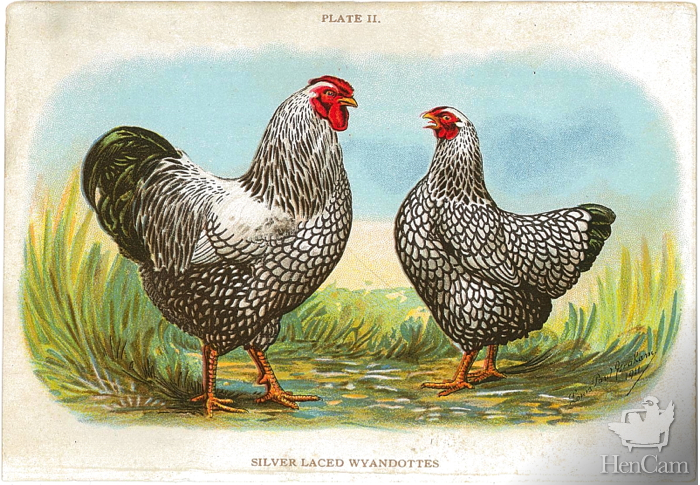
From the Biggle Poultry Book 1913
– that is, as long as they have a dry, well-ventilated, sunny and spacious coop.

